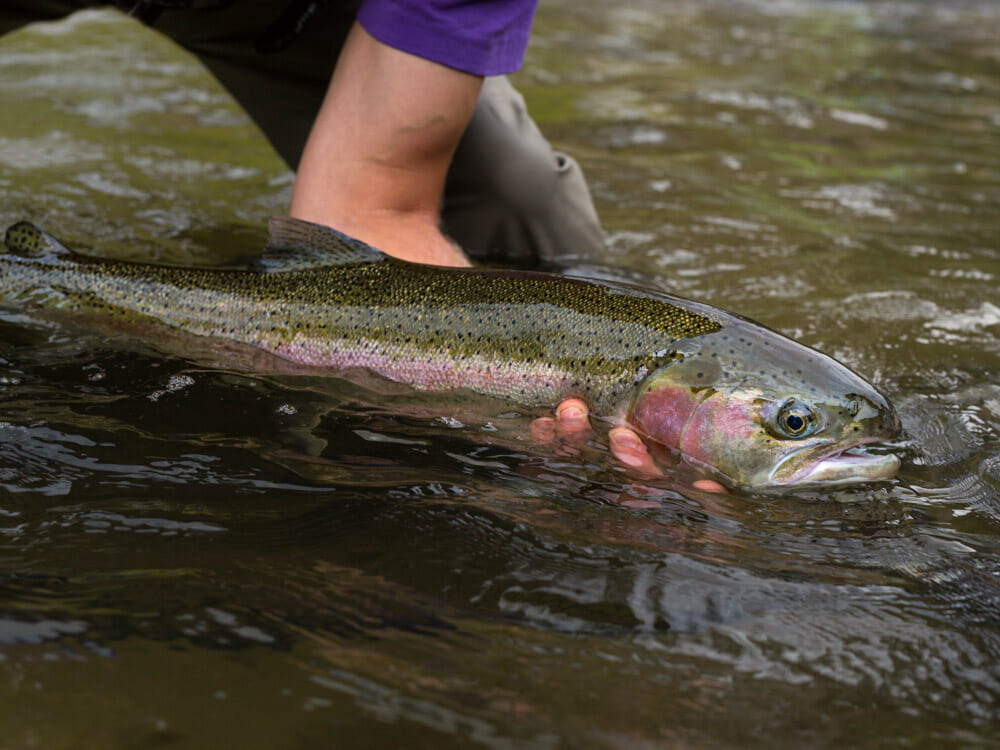Last week Rep. Mike Simpson (R-ID) turned up the volume on the issue of recovering Snake River salmon and steelhead.
Not that the issue wasn’t front and center for him before. He has been battling to find ways to bring back Idaho’s dwindling salmon and steelhead populations for years.

But now that a long-anticipated Draft Environmental Impact Statement has outlined a “business as usual” approach – indeed, the preferred alternative does not even provide reasonable assurance that it will avoid extinction, let alone recover Snake River salmon and steelhead- the urgency of the situation seems to be coming to a tipping point.
During the Army Corps of Engineers and U.S. Bureau of Reclamation budget request hearing before the House subcommittee on Energy and Water Development, Simpson cut through the session of mutual “job well done” back patting to remind everyone that the job was not done. Not even close.
Put simply, keeping things as they are is not helping fish and we’re running out of time.
“I noticed you all mentioned hydropower, irrigation and transportation and how important those are,” Simpson said. “Nobody mentioned fish. Nobody mentioned salmon that come back to Idaho, that in the next 15 years, if something isn’t done, they will be extinct. There is no doubt about that, they will be extinct.”
He called on the group to stop trying to simply preserve what exists and instead come up with a vision that would meet the needs of all stakeholders for now and decades down the road.
TU supports that effort and applauds Simpson’s leadership. With partners and volunteers, we have put millions of dollars on the ground in the Snake River basin, restoring and reconnecting important salmon and steelhead habitat. It is our audacious vision and hope that we will once again see wild salmon and steelhead return en masse to our rivers; bending the rods of anglers, restoring our local economies, and spawning the next generation of fish to renew the virtuous cycle.
Everything we do, we can do differently. Salmon need one thing — they need a river.
Rep. Mike Simpson, R-Idaho
But to do that, we need to start thinking outside the box.
The science consistently supports the fact that removal of the four Lower Snake River dams is necessary to recover abundant and fishable naturally reproducing populations of Snake River salmon and steelhead.
“Those dams produce 3,000 megawatts of power,” Simpson said. “You can put small modular reactors or other things in there. You can produce (power) differently. Everything we do, we can do differently. Salmon need one thing — they need a river.”
It’s going to take strong leadership to identify and implement collaborative, forward-looking solutions that benefit everyone.
We thank Rep. Simpson for reminding us – all of us, anglers, farmers, ranchers and energy producers alike – that we have a lot at stake here. And it’s time to work together to find comprehensive solutions.



